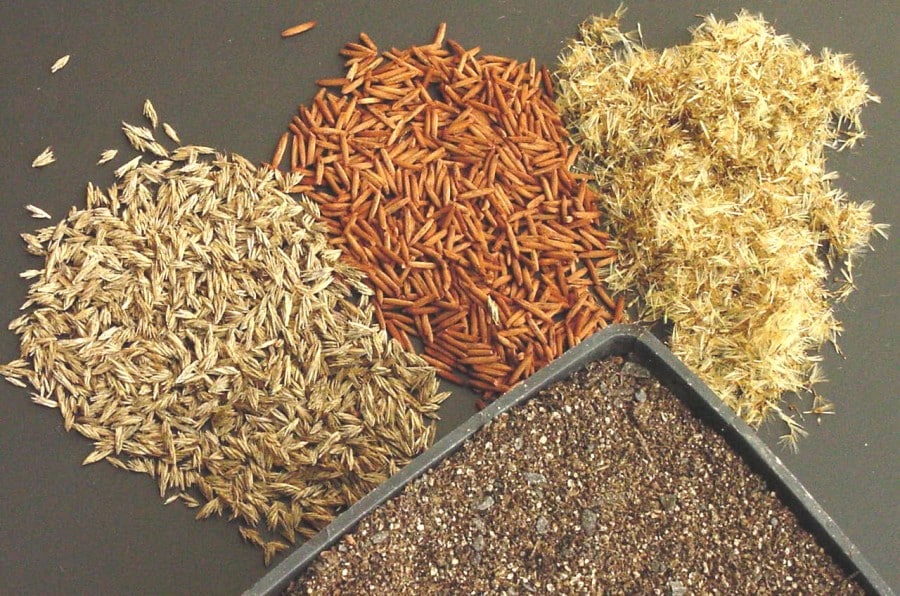Now that we have enjoyed the beautiful colors of the fall leaves, those leaves are now forming mats on our lawns. The question becomes – what do I do with all those leaves? How do I handle them? Most people I know hope that the wind blows them all into the neighbor’s yard. At Norcross, we collect those leaves because they are a precious commodity. Those fallen leaves are shredded and then applied to the gardens in spring as mulch. The leaf mulch helps keep moisture in the soil by preventing evaporation, it also acts as a weed barrier – preventing weeds from overtaking the garden. Leaves are important to the biology and health of our wildflower gardens as well as the forest. The fall leaves provide food and shelter for decomposers and wildlife and they promote biologic diversity. The bits of leaves that remain replenish nutrients in the soil and help the forest and garden grow.
On the lawn, leaves have a different effect. Maple leaves decompose more readily, but in large numbers they form thick wet mats that can block out the light and cause fungal growth – often killing large portions of the lawn. Oak leaves are thicker and tougher. They don’t break down as quickly and can cause the same problems.
For the homeowner, the best solution is to pick up the leaves where they thoroughly cover the surface of the lawn, they should be removed. In areas where lawn pokes through the leaves, the lawn can be mowed and the leaves ground up and allowed to filter down to the soil. In my yard, I use a combination of these techniques. We rake or blow the leaves into large piles, then mow the whole leaves until they become “mulch”. Not all of the leaves will be completely ground up – there may be some whole leaves or larger pieces, but this is fine. I then put the mulch back onto the gardens. It should be noted that I always cut back and remove the garden vegetation prior to putting the mulch on the bed. If you have plants that are a favorite of rodents, try to wait to mulch those until after the ground has frozen. The mulch forms a layer of insulation and sometimes mice see it as a perfect site for a winter home – with the plants they love to eat surrounded by a thick layer of leaf mulch.
Leaf mulch on your lush, fine lawn is NOT recommended. Most lawn care professionals suggest completely removing leaves from the lawn. Your lawn does not benefit from the decomposition the way the forest or the garden might. Leaving piles of mulch on your lawn in preparation for spring also kills whatever grass is beneath the pile.



